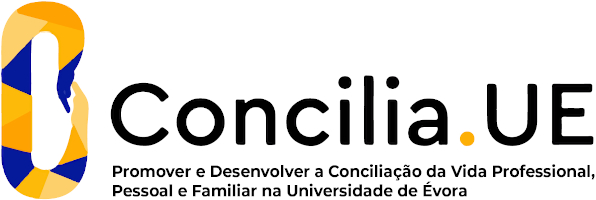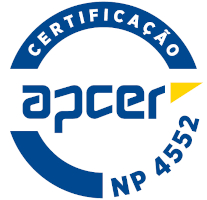2024
Ergonomics and Anthropometry
Name: Ergonomics and Anthropometry
Code: VIS12838L
3 ECTS
Duration: 15 weeks/78 hours
Scientific Area:
Design
Teaching languages: Portuguese
Languages of tutoring support: Portuguese, English
Regime de Frequência: Presencial
Sustainable Development Goals
Learning Goals
The aim of the curricular unit is to familiarize students with the ergonomic guidelines and give them the ability to recognize, understand and respect the importance and timing of inclusion of ergonomics and anthropometry in the methodology of the design project
Students should be able to apply anthropometry knowledge in their projects, as well as the application of ergonomics knowledge, being able to discuss the projects with ergonomists when they intervene in a project.
Students should be able to apply anthropometry knowledge in their projects, as well as the application of ergonomics knowledge, being able to discuss the projects with ergonomists when they intervene in a project.
Contents
• The concept of Ergonomics
• The importance of Ergonomics in Design
• Ergonomics and the Human Factor
• Functions of the human organism
• The contributions of Anthropometry
• Anthropometry: measures and applications • Static and dynamic anthropometry
• The contributions of Physiology and Biomechanics • Principles of applied biomechanics
• Types of movements and positions.
• The contributions of Cognitive Psychology
Types of managements and controls
• Organization and perception of information • Lighting
• Noise, Temperature and Air Quality
• Safety at work
• Inclusive Design
• Ergonomics and Anthropometry in Household and Office Involvement • Kitchens
• Living room
• Non-smoking rooms
• Hygienic spaces • Office work
• The importance of Ergonomics in Design
• Ergonomics and the Human Factor
• Functions of the human organism
• The contributions of Anthropometry
• Anthropometry: measures and applications • Static and dynamic anthropometry
• The contributions of Physiology and Biomechanics • Principles of applied biomechanics
• Types of movements and positions.
• The contributions of Cognitive Psychology
Types of managements and controls
• Organization and perception of information • Lighting
• Noise, Temperature and Air Quality
• Safety at work
• Inclusive Design
• Ergonomics and Anthropometry in Household and Office Involvement • Kitchens
• Living room
• Non-smoking rooms
• Hygienic spaces • Office work
Teaching Methods
Lecture teaching are supported by PowerPoint and real cases brainstorming witch introduces the ergonomics and methodology orientations. Students will be able to deal with an ergonomic team and understand there nomenclature and methodologies related to a specific design project.
The student final evaluation results on the perception of the student acquired knowledge, with periodic evaluation lectures and there theoric work.
Assiduity: 5%
Intermediary evaluation: 45%
Final evaluation: 50%
The student final evaluation results on the perception of the student acquired knowledge, with periodic evaluation lectures and there theoric work.
Assiduity: 5%
Intermediary evaluation: 45%
Final evaluation: 50%
Teaching Staff
- Rui Gonçalo Feitor Pinto Sampaio de Faria [responsible]





















